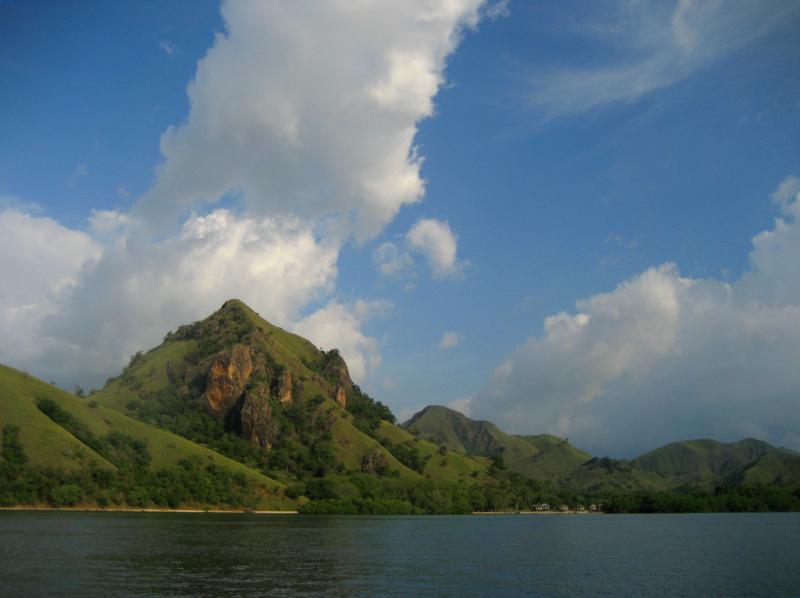What a difference a few weeks make. We’ve accomplished so much and acclimated to the rhythm of life in a dive shop. Exams are finished, 15 of 20 skills are mastered, our 400m swim and 100m diver tow were fast enough, 15 min treading water was a breeze, we’ve mapped a dive site, and made our emergency assistance plan. We’ve also assisted on 4 Open Water courses, 5 Advanced Open Water courses, and one Rescue Diver course. We’re about 80% finished with the PADI requirements.
Becoming a Divemaster in Komodo means that the PADI requirements are only a small part of what you must learn. There are over 60 dive sites to learn to navigate, and most of them can be dangerous. There are over 1,200 species of fish, 400 species of coral, 1,000+ species of invertebrates, and countless other creatures to learn to identify and show to divers. Some of the world’s strongest current is found here. All in a remote location where it’s difficult to find supplies if something breaks, which means some hardcore MacGuiver lessons.
 We dive mostly around Komodo and Rinca Island. These islands are wedged in a straight between the large islands of Sumbawa to the west and Flores to the east. To the north are the warm clear waters of the Pacific Ocean. To the South are the cold, nutrient rich waters of the Indian Ocean. There are two high tides and two low tide each day. When the tide is falling trillions of metric tons of water rush south from the Pacific Ocean, funneled through the narrow gaps between the islands. When the tide rises water rushes North. The seas are shallow here furthering the constriction. The force of an entire ocean hits this three way bottle neck and creates whirlpools, down currents that are impossible to swim against, even more dangerous up currents, and general mayhem. This is where we dive.
We dive mostly around Komodo and Rinca Island. These islands are wedged in a straight between the large islands of Sumbawa to the west and Flores to the east. To the north are the warm clear waters of the Pacific Ocean. To the South are the cold, nutrient rich waters of the Indian Ocean. There are two high tides and two low tide each day. When the tide is falling trillions of metric tons of water rush south from the Pacific Ocean, funneled through the narrow gaps between the islands. When the tide rises water rushes North. The seas are shallow here furthering the constriction. The force of an entire ocean hits this three way bottle neck and creates whirlpools, down currents that are impossible to swim against, even more dangerous up currents, and general mayhem. This is where we dive.
This currents have substantial ramifications for diving and boat travel. We dive in current that is sometimes of the fringe of what is “manageable”. Sometimes it feels like we are in a raging river. The current is so strong at times that Japanese war planes in WWII actually bombed islands thinking the current lines were wakes thrown by boats!
That brings me to our situation – learning to take divers into and, more importantly, back out of these conditions. Usually we time our dives to minimize current. Many of our dives have no current at all. Sometimes the current is unavoidable or, if the experience levels of the divers allows, we embrace it and plunge into the raging torrent.
Wolfgang is giving us more and more responsibility each day. We make lot’s of minor mistakes, but we learn major lessons from each one. We debrief after each dive and begin preparing for the next dive far in advance. The dive sites here are large and nuanced. By now we know most of the sinister corners, safe zones, and overall layout each site, but “where the hell are we?” pops into our minds fairly regularly and we still ask Nun for advice on where to find all the good critters.
Next week we will begin guiding in earnest. Sometimes without our instructor even on the boat. We are anxious to do it, but small pangs of trepidation humble us. We made the right choice coming here, we are getting a very well-rounded education. The sea is showing us its wonders and we are thrilled to explore them.

What do you think? Leave me a comment.